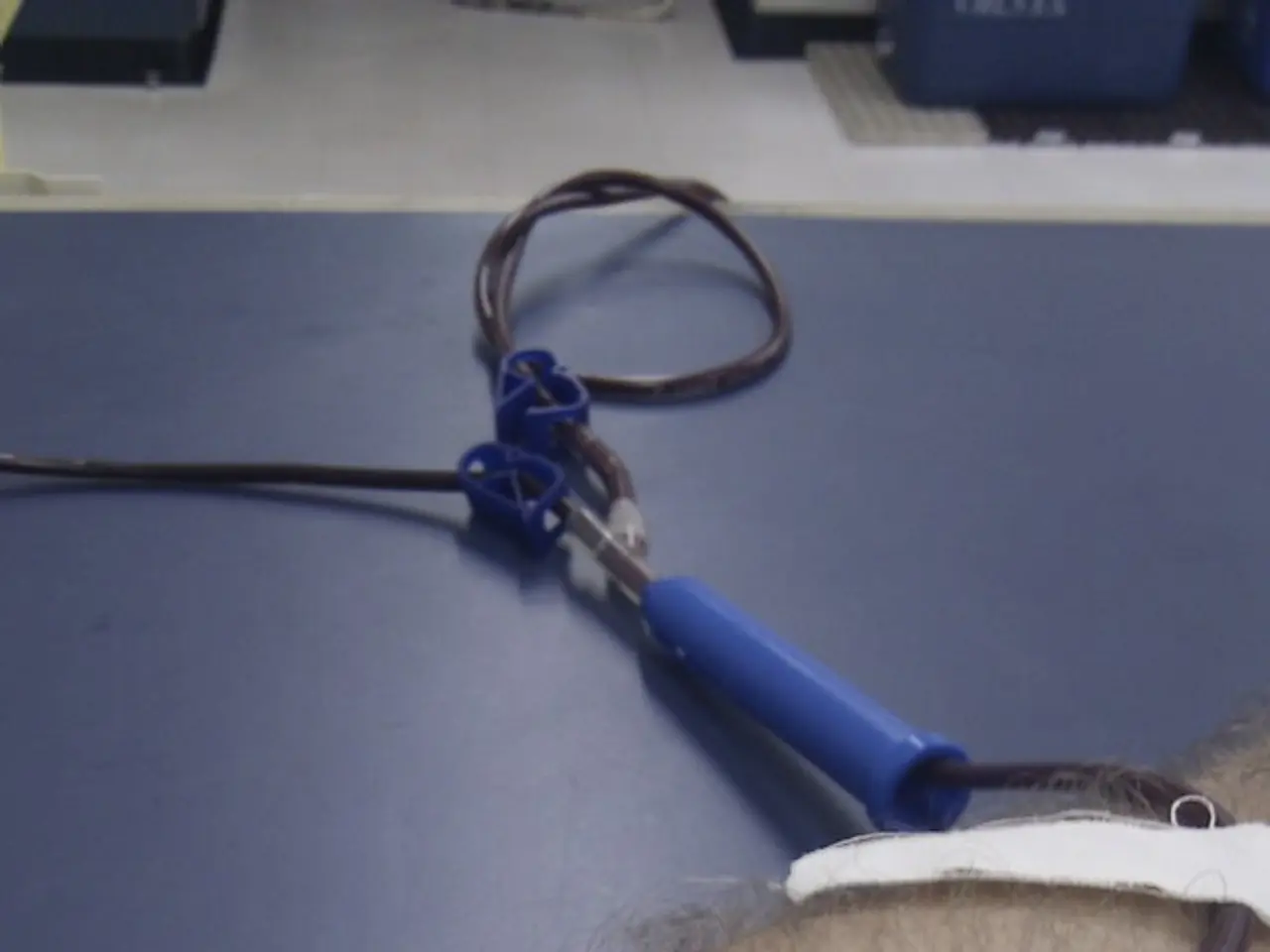Portacath Explanation: Its Purpose, Usage, and Additional Information
A portacath, also known as an implantable port, offers several benefits for patients requiring long-term intravenous (IV) treatment or frequent blood draws. This device is a valuable alternative to traditional IV catheters and PICC lines, providing a safer, more durable, and less infection-prone access solution.
Durability and Long-Term Use
Portacaths are surgically implanted under the skin, designed for repeated, long-term access to the bloodstream. This makes them suitable for patients requiring extended IV therapies such as chemotherapy or long-term antibiotics.
Reduced Infection Risk
Because the portacath is completely implanted beneath the skin, it has a lower risk of infection compared to external catheters like PICC lines or central venous catheters that have external components.
Minimized Discomfort and Vein Damage
Repeated needle sticks are avoided since the port provides easy access through a septum, reducing vein irritation and damage over time from multiple peripheral IV insertions or external lines.
Power Injection Capability
Certain portacaths, such as the Bard PowerPort, are FDA approved for power injection, allowing the use of high-pressure injections required for procedures like CT scans with contrast without compromising safety or risking device rupture.
Improved Quality of Life
Once implanted and healed, portacaths require less daily care and maintenance compared to external lines, which often need frequent dressing changes or flushing.
However, it's important to note that portacaths, like any medical device, are not without risks. These include device malfunction, catheter fracture, or migration, which can cause complications and may require surgical intervention. Potential hazards also include local infections and clots.
Maintenance and Removal
Flushing a portacath is a maintenance procedure that helps prevent clots or blockages and complications. Doctors typically remove portacaths after the patient has completed their full course of IV treatments. People with a portacath can dress and change them routinely.
There are two types of portacaths: single lumen and double lumen. The most common type is the single lumen, which helps with one form of IV therapy at a time. Double lumen portacaths are used for people receiving two forms of IV therapy simultaneously or needing infusions or nutrition during treatment.
Inserting a portacath is a minor procedure that takes approximately 1 hour. It's worth mentioning that portacath pillows, or port pillows, can protect the insertion point from seat belt irritation, providing added comfort for patients.
In conclusion, portacaths provide a valuable alternative for patients needing long-term IV treatment or frequent blood draws. They offer safer, more durable, and less infection-prone access compared to other IV lines. However, it's crucial for patients and healthcare providers to weigh the benefits with the potential risks during clinical decision-making.
[1] Portacath User Manual (Bard Access Systems, Inc.) [2] Portacath: A Comprehensive Review (Journal of Oncology Nursing, 2016) [3] Infection Risk in Portacaths (Cancer Nursing, 2018) [4] Portacath Complications and Management (Critical Care Medicine, 2017)
- Portacaths, used for patients with chronic diseases or those undergoing cancer treatments, offer a more durable solution for long-term access to the bloodstream during medical-condition management, such as chemotherapy or long-term antibiotics.
- In comparison to external catheters, the implanted portacath devices exhibit a lower risk of chronic infections, thus providing a safer, healthier, and more comfortable health-and-wellness experience.
- Besides reducing the risk of infection and vein damage, portacaths allow for power injection capabilities, improving the performance of certain procedures like CT scans with contrast, contributing to a more comprehensive medical-conditions care.




